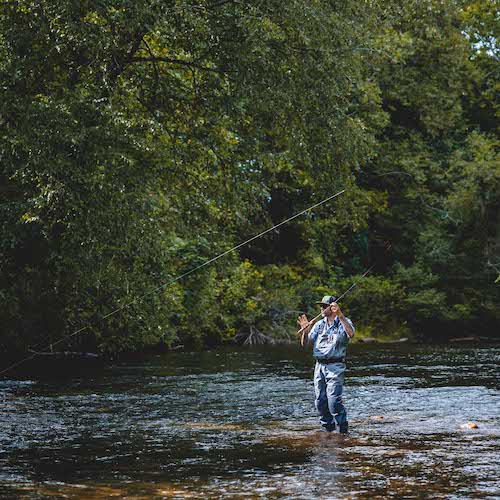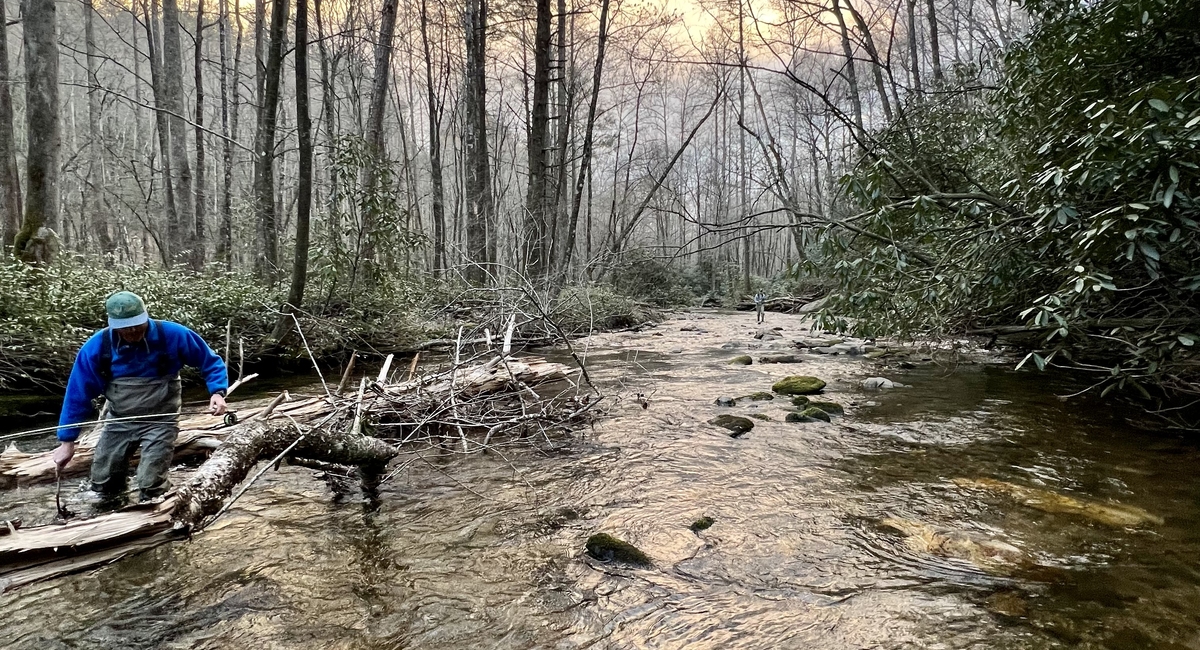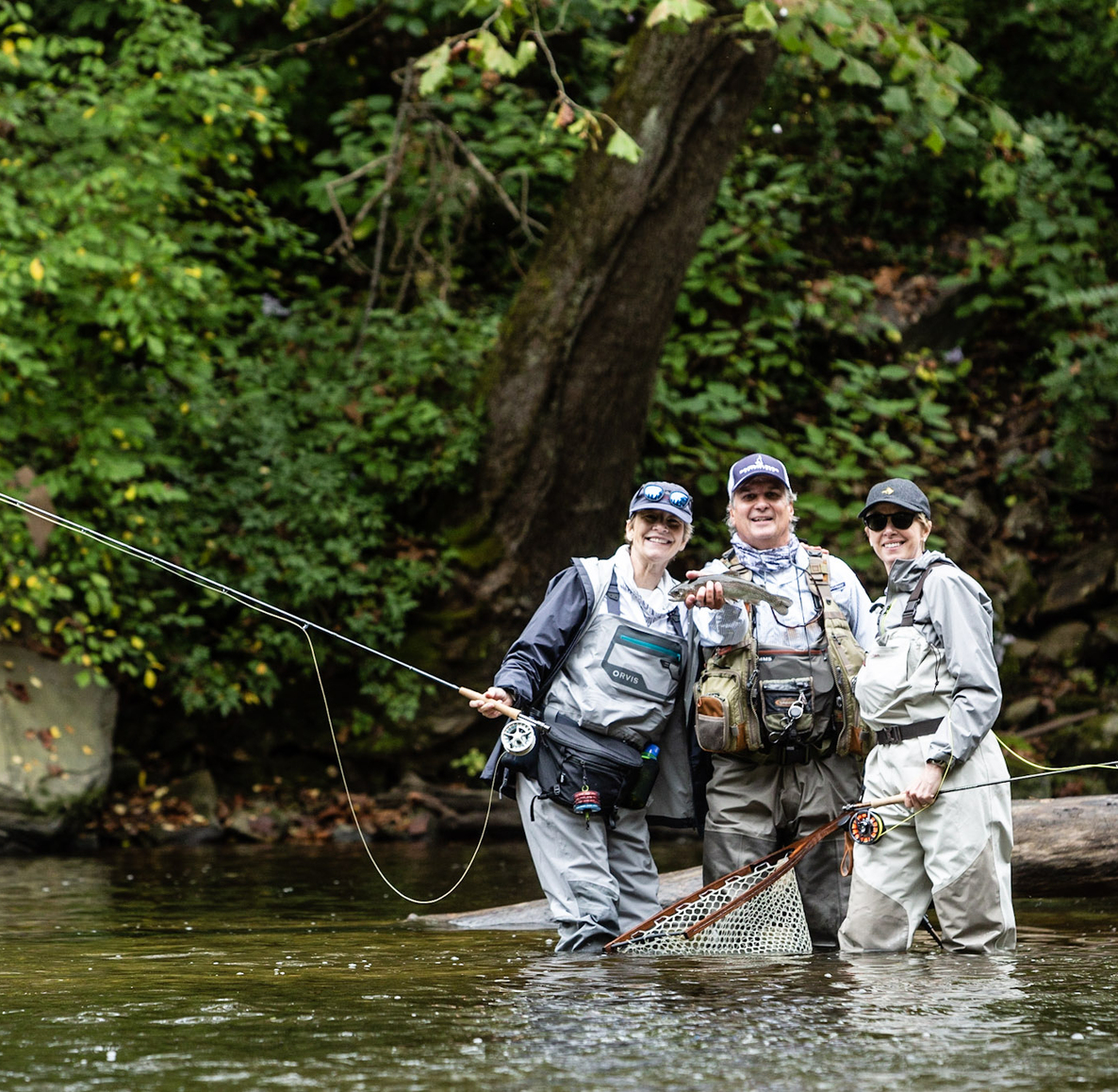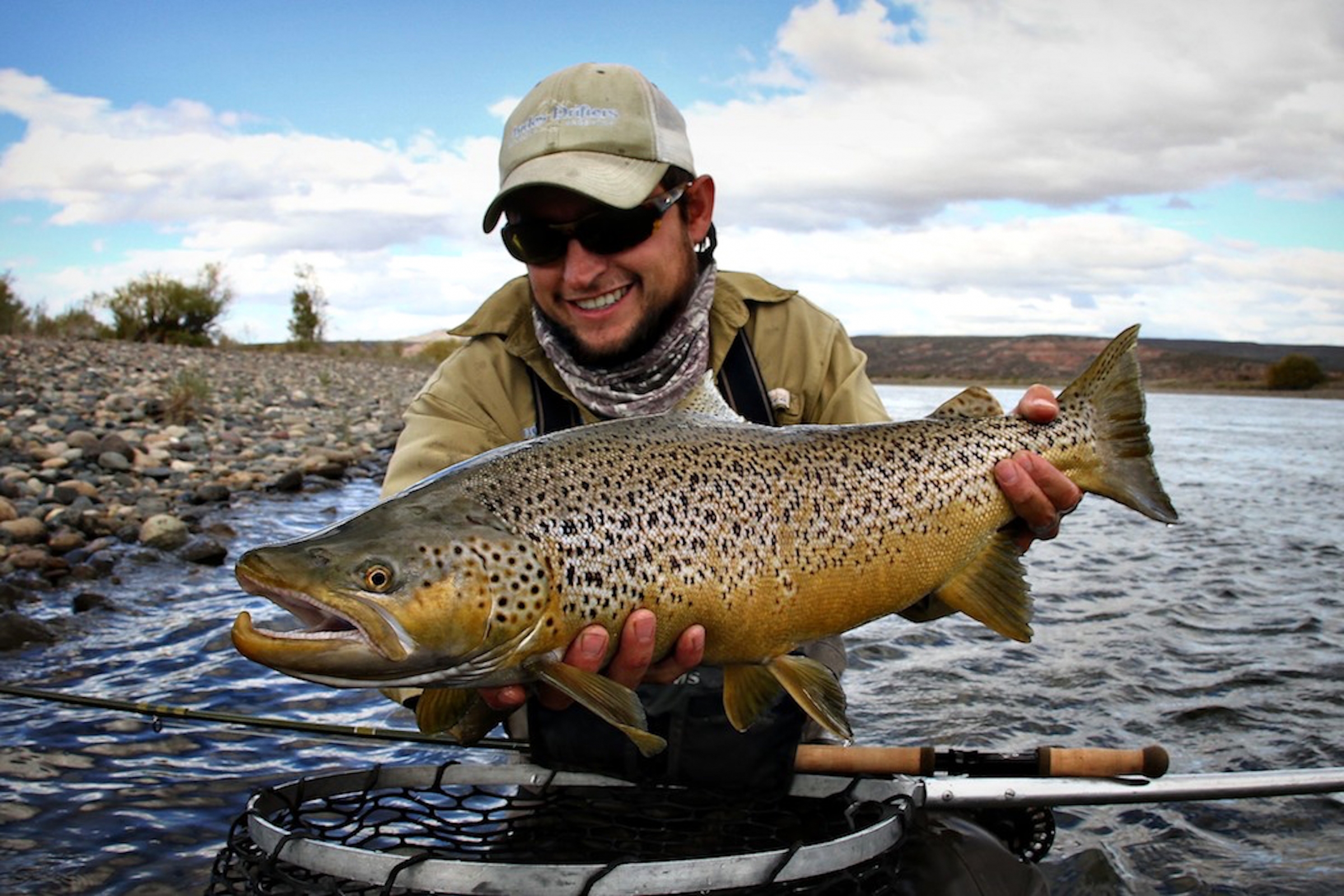Small stream fly fishing is something that many can do, but only a few are highly effective on the creeks. Here are the seven sins of failing in small streams in the shoulder season before the summer:
- Not paying attention to water temperature: In April, water temperatures fluctuate significantly throughout the day. In the morning, water temperatures may be cool, and trout may be less active. As the day warms up, the water temperature rises, and the trout become more active. Plan your fishing accordingly and focus on the warmer parts of the day.
- Leaving the dry flies at home: In April, there are a variety of hatches that you can take advantage of, including a mess of mayflies, caddisflies, and stoneflies. Dry flies can be especially effective during these hatches. Use smaller-sized flies to match the natural insects and present them delicately.
- Avoiding the riffles and pocket water: Trout in small streams are in the riffles and pocket water, where they can easily feed on the insects carried by the current. Cast your fly upstream, and let it drift naturally downstream, paying attention to the areas where the current changes.
- Being a Bull in a China Shop: Trout in small streams can be easily spooked, so it's essential to approach the stream carefully and quietly. Wear neutral clothing that blends with the environment, and move slowly and deliberately.
- Having an unnatural presentation: Your fly must look as natural as possible in small streams. Please pay attention to the current and the behavior of the insects in the stream and try to mimic their movements as closely as possible.
- Bringing the incorrect gear: For small stream fly fishing in April, a 3 or 4-weight rod is ideal, as it will allow for delicate presentation and accurate casting. Use a light tippet, between 5X and 7X, to avoid spooking the fish.
- Ignoring the water in front of you: Fish only need a spot roughly the size of a five-gallon bucket to inhabit and thrive. So I love to emphasize to folks that it doesn't need to be a perfect hole to catch fish. A single dry fly over a juicy riffle can be enough to tempt a small fish to bite in an otherwise unlikely piece of water. Many people walk by a lot of fish, just trying to get to a spot that looks fishy.
In conclusion, April is an excellent time for small stream fly fishing in Western North Carolina. Following these tips can increase your chances of success and help you enjoy the beauty and excitement of fly fishing in the area. Remember always to respect the environment and the fish, and practice catch and release to help preserve the health of the streams and trout populations.
Happy fishing!
Jason


 Stream Report
Stream Report Seasonal Hatches
Seasonal Hatches Stream Guide
Stream Guide







